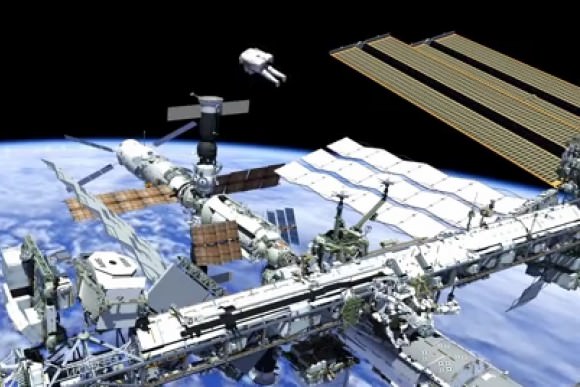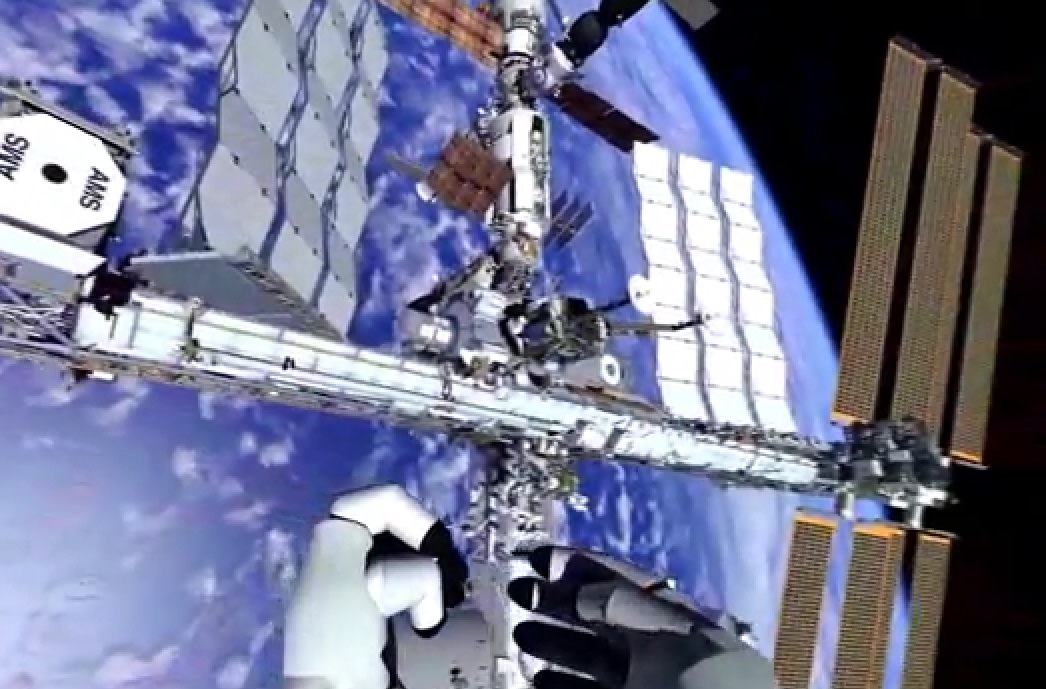You wanna talk about fear? This view would likely be many people’s worst nightmare — being in a spacesuit, untethered, floating away from the International Space Station and its relative safety. NASA has astronauts covered for this Gravity-type scenario, however, with a sort of jet backpack that can send astronauts back to safety.
A new video featuring European Space Agency astronaut Alexander Gerst (also embedded below) explains the steps an astronaut would take to swing back to safety. “We actually train how to use that in the virtual reality lab,” he said shortly after the video showed an astronaut floating away.
The key lies in a system called SAFER (Simplified Aid for EVA Rescue), which Gerst has practiced on numerous times (virtually) in preparation for his flight in May, which could involve spacewalks if NASA addresses a spacesuit water leak problem in time.
“You have to train it for a while to operate and actually come back, and not miss the station and fly into the blackness of space,” Gerst said.

The Russian Orlan spacesuit (which Gerst is also trained on) does not have such a system, but Roscosmos gets around that by having a different procedure for spacewalking than the Americans. The Russians mandate a minimum of two attachment points to station at all times, whether it’s a pair of tethers or a tether and a gripped hand.
Gerst emphasizes a floating away scenario is unlikely, in either case — it would involve losing the anchor, losing the tether and also losing your grip all at the same time. While this has never actually happened, NASA did test the SAFER system in space on STS-64 in 1994 with a crew member standing by on the Canadarm robotic arm if something went wrong. In 2000, two astronauts aboard STS-92 each did a 50-foot flight with the system.
In 2006, the SAFER system got a little loose on the back of astronaut Piers Sellers, necessitating a tether fix. NASA emphasized that the system was not in danger of being lost.
You can view the section on SAFER in the video below at around 6 minutes. Gerst recorded this as a summary of his training ahead of Expedition 40/41, which lifts off in May.
ff

